Beginning in Florence during the late 14th century, a revival of interest in the literature and culture of ancient Greece and Rome sparked an intellectual and artistic revolution. Over the following two centuries this movement, known today as the Renaissance, gradually swept across the whole of Western Europe. Artists, writers and scientists alike flourished in this new vibrant intellectual landscape and the advances made during this period are often credited with laying the foundations for the modern world.
The Italian art historian, Giorgio Vasari, was the first to use the term “rinascita” (or “rebirth”) to describe this new era in his 1550 work, Lives of the Artists. The word was chosen carefully to symbolize the rediscovery of the ethos of learning, culture and discovery fostered by the Ancient Greeks and Romans. Later, in the 19th century, the French word for rebirth, “renaissance”, became more commonly used to describe this defining period in history.
There is much to discover about this fascinating era, which spawned so many awe-inspiring examples of human endeavor and achievement. Here are eight compelling books which cover a wide spectrum of themes relating to the Renaissance period.

The Swerve: How the World Became Modern
During the winter of 1417, an Italian scholar named Poggio Bracciolini came across a long-lost classic by the Roman poet, Lucretius, on the shelves of a German monastery. In The Swerve: How The Renaissance Began, Stephen Greenblatt sets out to prove that this chance discovery of Lucretrius’ De Rerum Natura (or “On The Nature of Things”) turned out to be a catalyst for the Renaissance movement that followed. Along the way, he introduces his reader to the fascinating world of the Renaissance era’s book hunters who scoured the libraries of Western Europe in their quest to rescue long forgotten classical works from almost certain oblivion.
The Boston Globe described Greenblatt’s Pulitzer Prize-winning The Swerve as “an intellectually invigorating, nonfiction version of a Dan Brown-like mystery-in-the-archives thriller”.
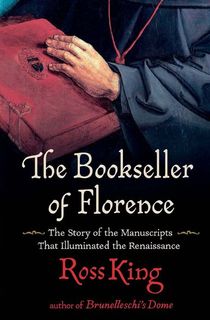
The Bookseller of Florence
With its vibrant artwork and breathtaking buildings, Florence has long been regarded as the cultural center of the early Renaissance, but it wasn’t just painters and architects who made their mark on the Tuscan city. In The Bookseller of Florence, Ross King brings to life the now largely forgotten world of Florence’s booksellers, scribes and illuminators through the remarkable story of Vespasiano da Bisticci. The Florentine man rose from humble beginnings to become the most celebrated book dealer of his era, supplying fine illustrated manuscripts to the great and good across Europe. Yet, following the invention of the printing press in Germany during the 1440s, the “Bookseller of Florence” was operating in a world that was soon to disappear forever.
King adopts a multi-layered approach to this topic, skillfully employing the story of the man once acclaimed as the “king of the world’s booksellers” to shine a light on the evolution of the bookmaking process. The result is “a master class in the history of the book…worthy of the great bookseller it celebrates” (Wall Street Journal).
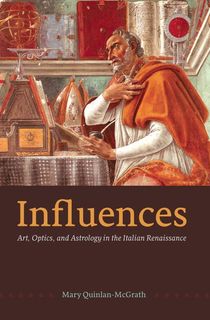
Influences
This fascinating book by art historian Mary Quinlan-McGrath sets out to explore the hitherto underestimated significance of astrological symbolism with regard to the artwork of the early Italian Renaissance. The author examines why so many of the era’s greatest frescoes were purposely designed to include astronomical images and their association with the theory that human exposure to planetary rays resulted in significant health benefits to both mind and body.
Quinlan-McGrath is successful in making a complex topic accessible to all, skillfully weaving together the different strands of astrology, theology, astronomy and science into a coherent whole.
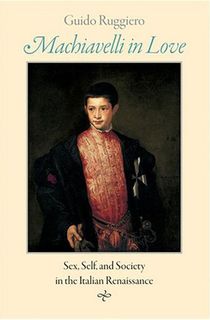
Machiavelli in Love
During the course of his long academic career, Guido Ruggiero has acquired a well-earned reputation for his unerring ability to uncover insights into the social conventions and politics of Renaissance Italy through his forensic approach to archival research. In Machiavelli in Love, the US historian utilizes similar techniques to produce a compelling study of love, sex and society during the Renaissance era.
At the center of his book is the 15th-century political thinker Niccolo Machiavelli, whose name has become a byword in the English language for amoral and unscrupulous behavior. Ruggiero sets out to discover just what Machiavelli’s own letters and literary work reveal about his sense of self and sexual identity and comes up with a challenging reinterpretation of one of Renaissance Italy’s most intriguing figures.
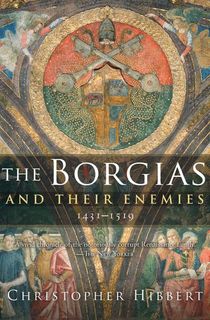
The Borgias and Their Enemies, 1431–1519
Nowhere is the dark side of the Renaissance era more exemplified than in the story of the Borgia family, whose name has become a byword for the abuse of political power on a grand scale. In The Borgias and Their Enemies, Christopher Hibbert provides a compelling account of the exploits of some of the family’s most infamous members including Rodrigo Borgia (better known to history as Pope Alexander VI) and two of his offspring, Lucrezia and Cesare. Hibbert’s “simply unputdownable” (New York Times Book Review) portrayal of the Borgia family is rich in detail and vividly brings their era to life.
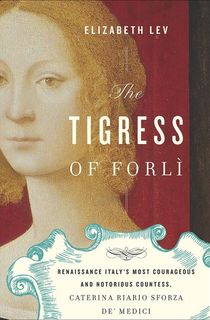
The Tigress of Forli
In The Tigress of Forli, Elizabeth Lev has trawled the archives to produce a nuanced and rich portrait of the complex, and often misunderstood, Caterina Riario Sforza. One of the Renaissance era’s most remarkable women, Caterina’s father and first two husbands were all assassinated, but she fearlessly took on her enemies, ruling her lands with an iron will and showing little mercy to those who opposed her. She eventually married into the influential de Medici family, before being widowed again and falling foul of the infamous Cesare Borgia.
Lev’s biography has won praise as “an inspiring tale of the courage and fortitude of an enigmatic and indomitable woman” (Kirkus Reviews).
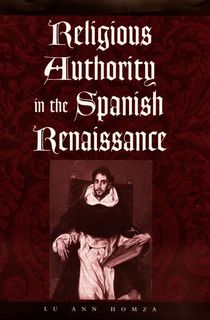
Religious Authority in the Spanish Renaissance
In this fascinating account of events surrounding the Spanish Inquisition, US historian, Lu Ann Homza, delves deep into the motivation of its participants through detailed analysis of surviving documentary evidence from the time. The author adopts a pleasingly nuanced approach to the subject, as she sets out to challenge some of the preconceived attitudes relating to this controversial period in Spanish history. In so doing, Homza has produced “a penetrating and convincing work of revisionist history” (Bibliotheque d’Humanisme et Renaissance).
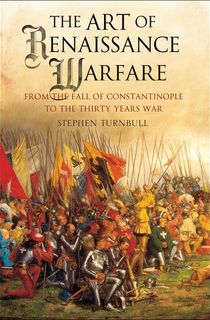
The Art of Renaissance Warfare
The Art of Renaissance Warfare charts the evolution in weaponry and military strategy during the period from the fall of Constantinople in 1453 to the start of the Thirty Years' War in 1618. Focusing on the experiences of the mounted warriors, or knights, who played a central role on the battlefields, Stephen Turnbull’s informative account of the advances made in military warfare during the Renaissance period is a must-read for scholars and non-academics alike.
This post is sponsored by Open Road Media. Thank you for supporting our partners, who make it possible for The Archive to continue publishing the history stories you love.

